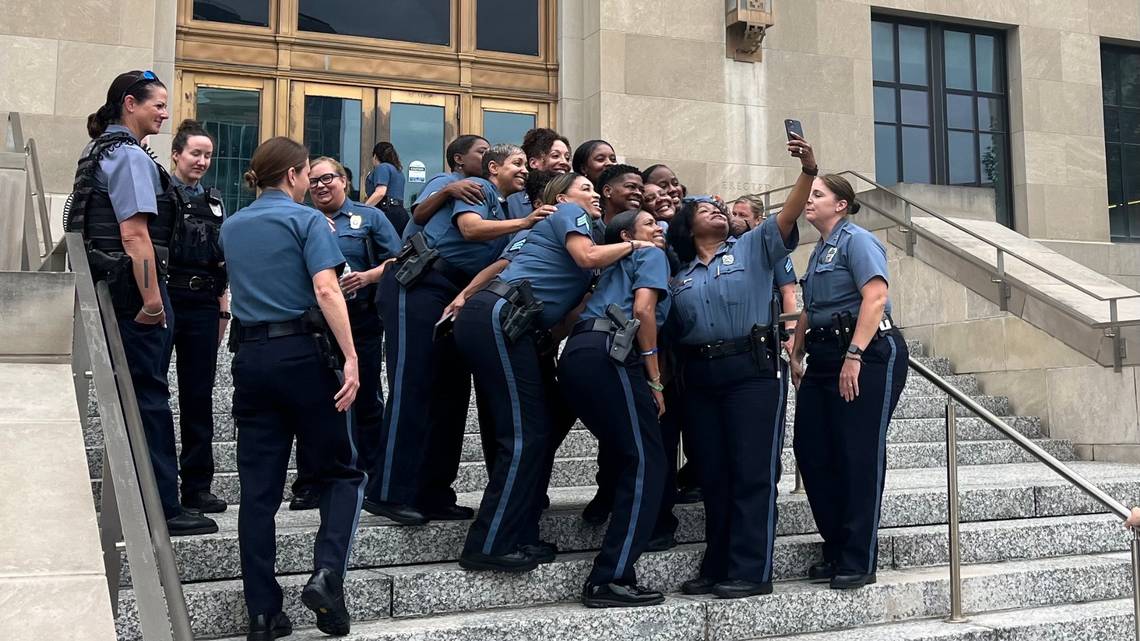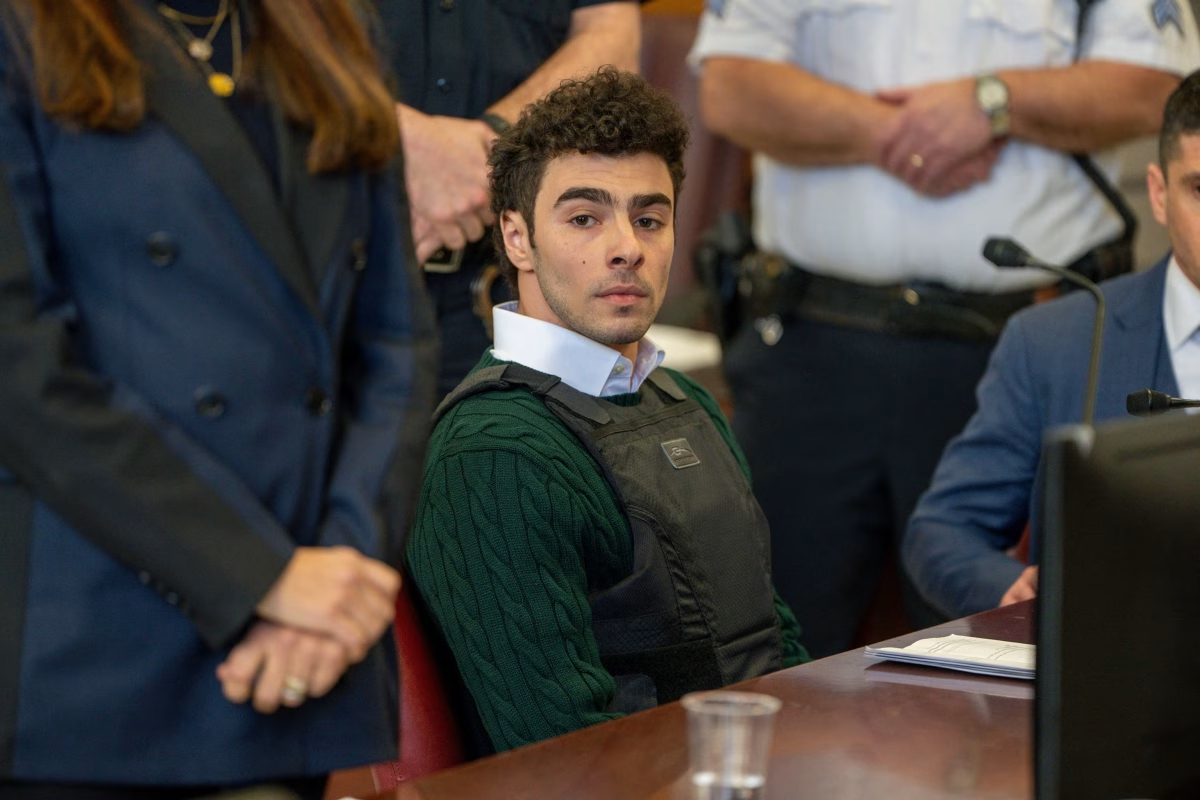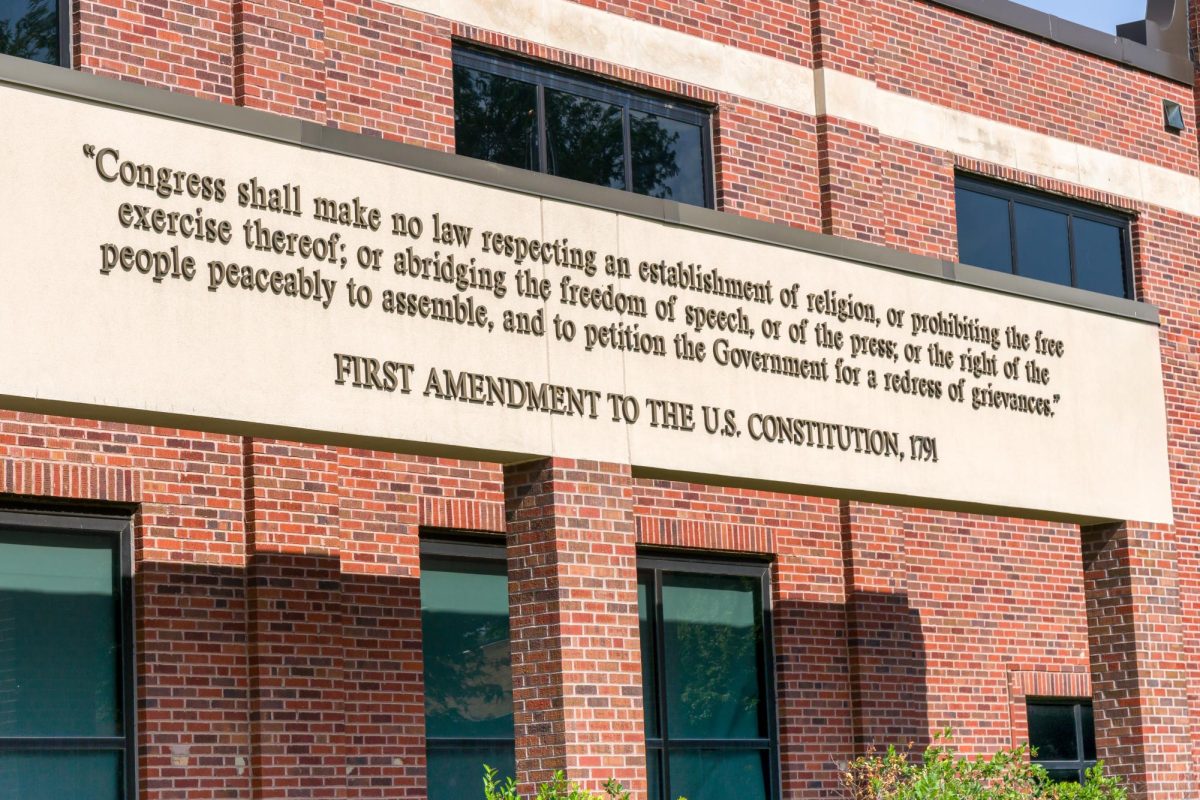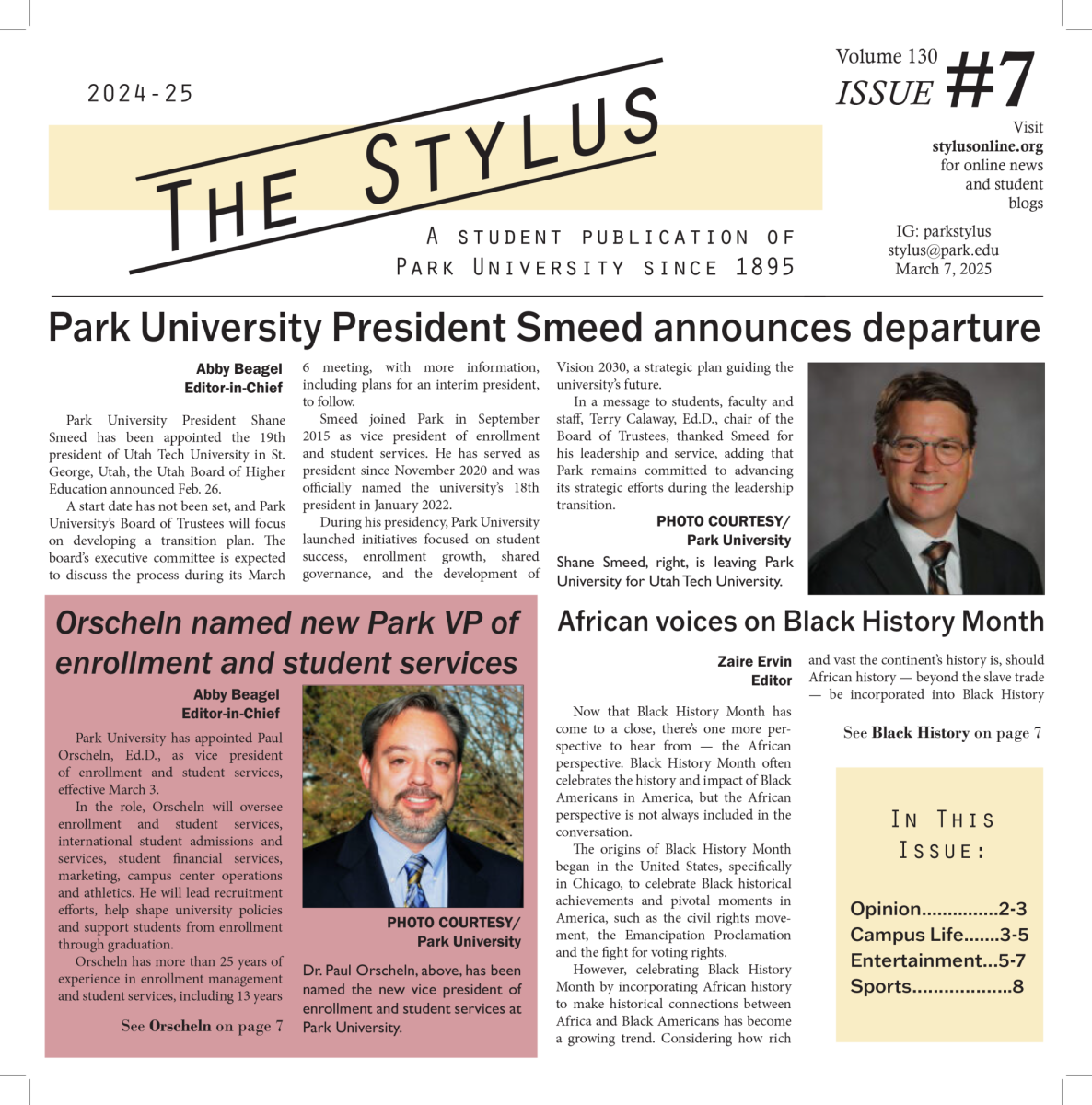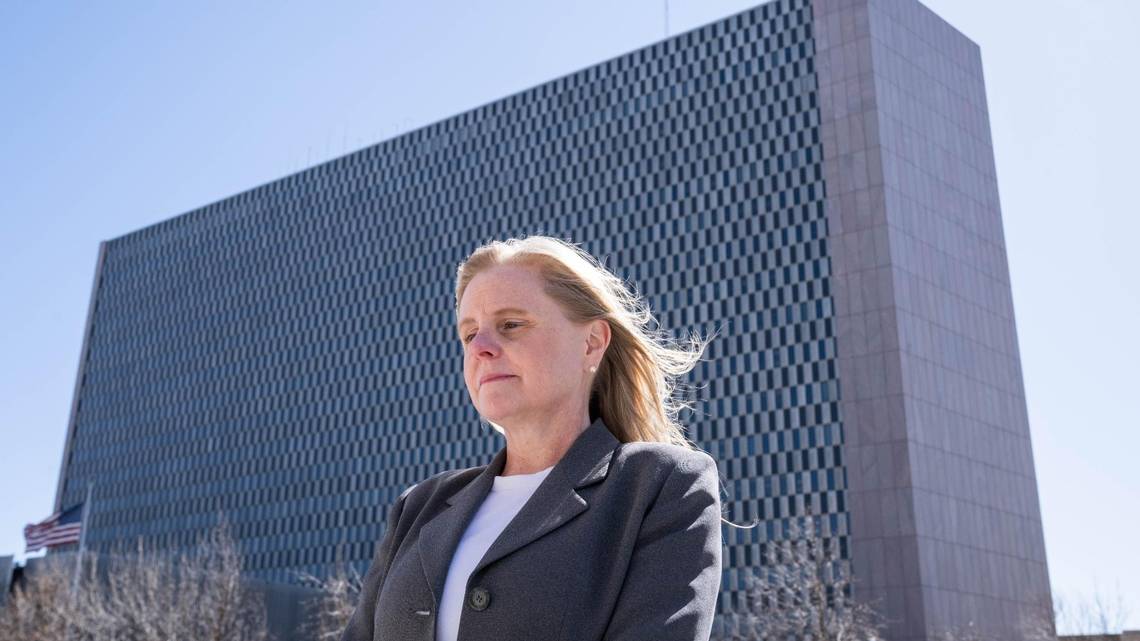Park University hosted a public panel on April 4 to spotlight Kansas City’s commitment to the 30×30 Initiative — a national movement working to increase the number of women in policing to 30 percent by the year 2030. The Kansas City, Mo., Police Department signed onto the initiative in 2022 with the goal of doubling its current percentage of women officers over the next five years.
KCPD Chief Stacey Graves, the first woman to serve as permanent chief in the department’s 148-year history, opened the panel with remarks about the cultural barriers that continue to keep women from entering law enforcement — and the importance of breaking them down.
“It’s absolutely a blessing to be the first female chief for the Kansas City Police Department,” Graves told KSHB 41. “I also hope that I’m also an inspiration to other women to either join the police force, or those who are already here, to rise through the ranks.”
While women make up just 12 to 14 percent of sworn officers nationally, KCPD reports 15 percent — a figure that also applies to its command staff. That puts the department well ahead of the national average, where only 3 percent of police leadership roles are held by women.
Panelists at the event included women from across the department, including officers from patrol divisions, Human Resources, the Tactical Response Team, and the LGBTQ Liaison and Community Engagement Unit. Their stories showed both progress and gaps — making it clear that while representation is growing, it’s still not where it needs to be.
According to the 30×30 Initiative, departments with higher percentages of women see fewer excessive force incidents, fewer complaints and lawsuits, and stronger relationships with the communities they serve. Female officers are also more likely to respond with empathy and care to survivors of sexual violence and other trauma.
For Dianna Carmenaty, a former officer who now teaches criminal justice at Park, the barriers to entry aren’t abstract — they’re lived.
“I was breaking or going against the cultural rules for women at that time,” she told KSHB 41, reflecting on joining the San Antonio Police Department in 1983. “Some of my coworkers were not hiding their feelings at all.”
Now a faculty member focused on law enforcement, Carmenaty said she hopes to see more women not just join police departments but stay — and lead.
KCPD’s 2022 pledge to the 30×30 Initiative was backed by then-Interim Chief Joseph Mabin and Deputy Chief Karen True, who acknowledged that structural obstacles — like unpredictable shift schedules and lack of access to childcare — are real issues for women in the field. In response, the department began holding confidential listening sessions to hear directly from women officers and shape policy around their experiences.
“We’re looking forward to hearing from the women in our department,” Mabin said in a statement published by KCPD at the time, “and supporting the advancement of women in our department.”
Mayor Quinton Lucas has also voiced support, saying that while KCPD is ahead of the national curve in some areas, there’s still much work to be done to ensure the department reflects Kansas City’s diversity.
Representation alone won’t solve every challenge in policing — but events like the one at Park University suggest that change is on the table, and the conversation is far from over.



